预约演示
更新于:2025-05-07
M12 (Jiangnan University)
更新于:2025-05-07
概要
基本信息
药物类型 小分子化药 |
别名- |
作用方式 调节剂 |
作用机制 CYBB调节剂(细胞色素b-245重链调节剂)、TRPV4 modulators(Transient receptor potential cation channel subfamily V member 4 modulators) |
治疗领域 |
在研适应症 |
非在研适应症- |
结构/序列
分子式C33H33F5N6O3 |
InChIKeyDAXQEJSQDHWUGJ-UHFFFAOYSA-N |
CAS号1108745-38-5 |
关联
100 项与 M12 (Jiangnan University) 相关的临床结果
登录后查看更多信息
100 项与 M12 (Jiangnan University) 相关的转化医学
登录后查看更多信息
100 项与 M12 (Jiangnan University) 相关的专利(医药)
登录后查看更多信息
4
项与 M12 (Jiangnan University) 相关的文献(医药)2022-06-01·Acta Pharmacologica Sinica1区 · 医学
Small molecule compound M12 reduces vascular permeability in obese mice via blocking endothelial TRPV4–Nox2 interaction
1区 · 医学
Article
作者: Han, Jing ; Li, Hong-Juan ; Han, Xi-Ping ; Ma, Xin ; Tang, Chun-Lei ; Zhang, Peng ; Kan, Hao ; Zhu, Yi-Fei ; Gao, Meng-Ru
2022-01-27·European Journal of Organic Chemistry
Total Synthesis of Entrectinib with Key Photo‐Redox Mediated Cross‐Coupling in Flow
作者: Adams, Matt R. ; Vincent‐Rocan, Jean‐François ; Cordell, Morgan J. ; Riley, John G.
2021-08-01·Journal of Molecular and Cellular Cardiology2区 · 医学
Blocking endothelial TRPV4-Nox2 interaction helps reduce ROS production and inflammation, and improves vascular function in obese mice
2区 · 医学
Article
作者: Han, Jing ; Gao, Mengru ; Xiao, Wang ; Tang, Chunlei ; Zhu, Yifei ; Liu, Liangliang ; Ma, Xin
100 项与 M12 (Jiangnan University) 相关的药物交易
登录后查看更多信息
研发状态
10 条进展最快的记录, 后查看更多信息
登录
| 适应症 | 最高研发状态 | 国家/地区 | 公司 | 日期 |
|---|---|---|---|---|
| 肥胖 | 临床前 | 中国 | 2021-10-15 |
登录后查看更多信息
临床结果
临床结果
适应症
分期
评价
查看全部结果
| 研究 | 分期 | 人群特征 | 评价人数 | 分组 | 结果 | 评价 | 发布日期 |
|---|
No Data | |||||||
登录后查看更多信息
转化医学
使用我们的转化医学数据加速您的研究。
登录
或
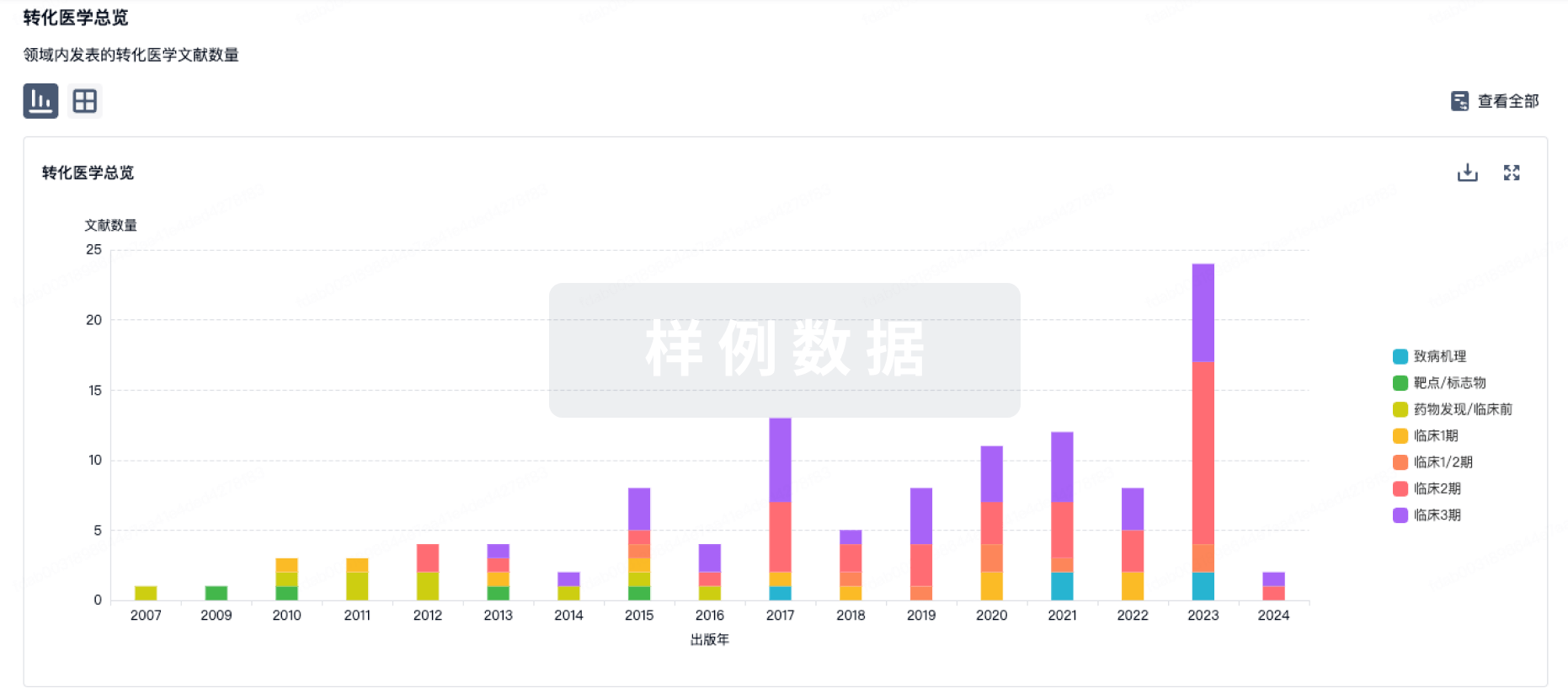
药物交易
使用我们的药物交易数据加速您的研究。
登录
或
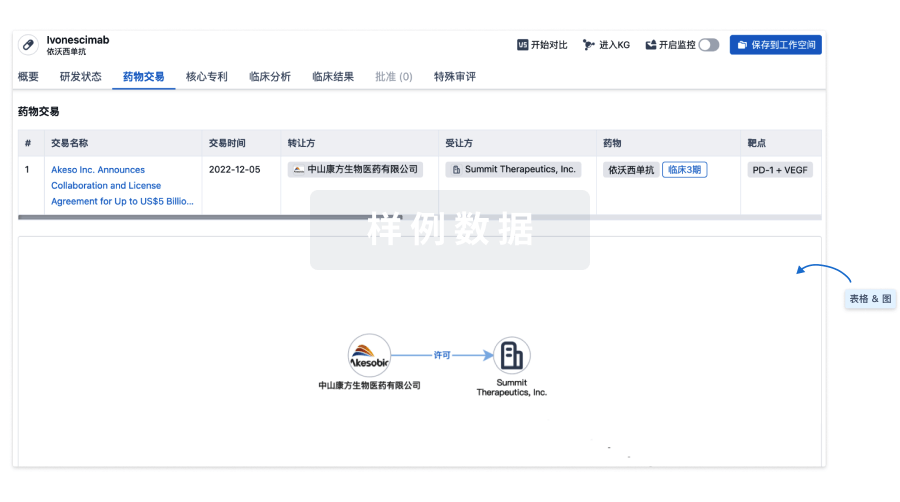
核心专利
使用我们的核心专利数据促进您的研究。
登录
或
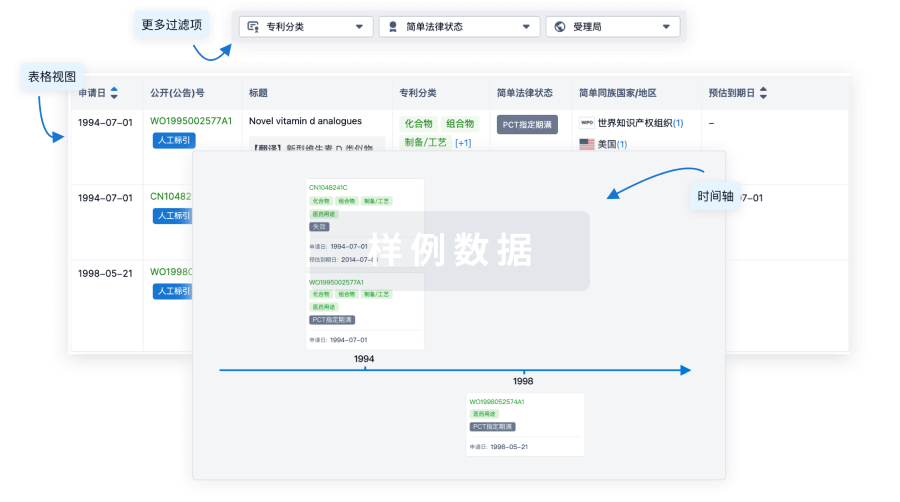
临床分析
紧跟全球注册中心的最新临床试验。
登录
或
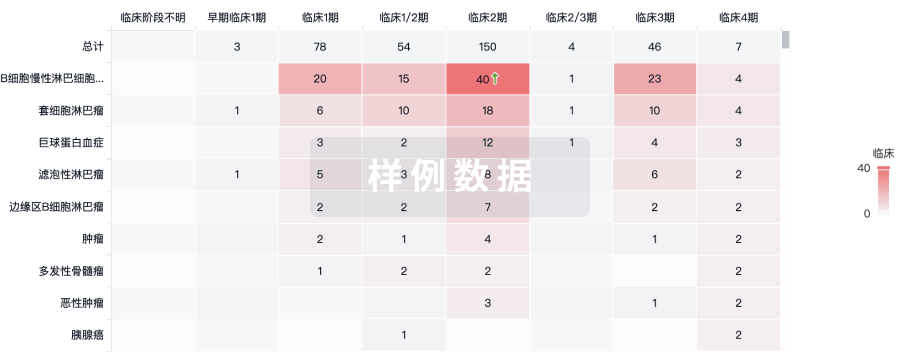
批准
利用最新的监管批准信息加速您的研究。
登录
或
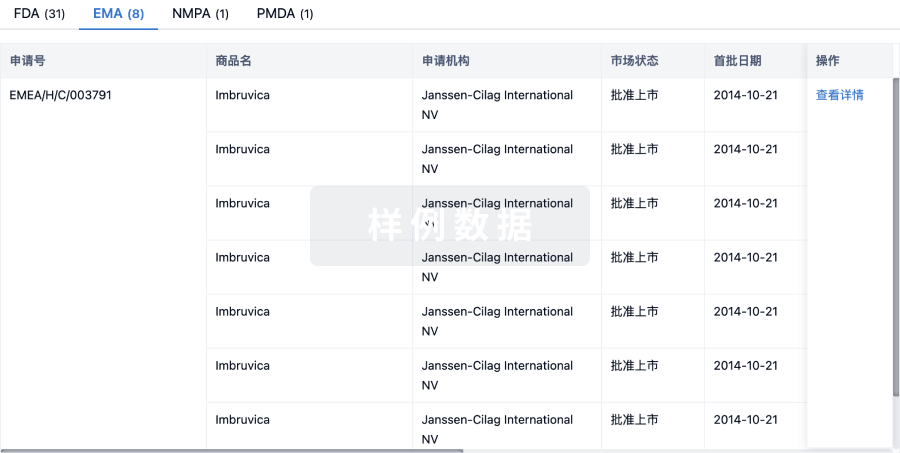
特殊审评
只需点击几下即可了解关键药物信息。
登录
或

Eureka LS:
全新生物医药AI Agent 覆盖科研全链路,让突破性发现快人一步
立即开始免费试用!
智慧芽新药情报库是智慧芽专为生命科学人士构建的基于AI的创新药情报平台,助您全方位提升您的研发与决策效率。
立即开始数据试用!
智慧芽新药库数据也通过智慧芽数据服务平台,以API或者数据包形式对外开放,助您更加充分利用智慧芽新药情报信息。
生物序列数据库
生物药研发创新
免费使用
化学结构数据库
小分子化药研发创新
免费使用
